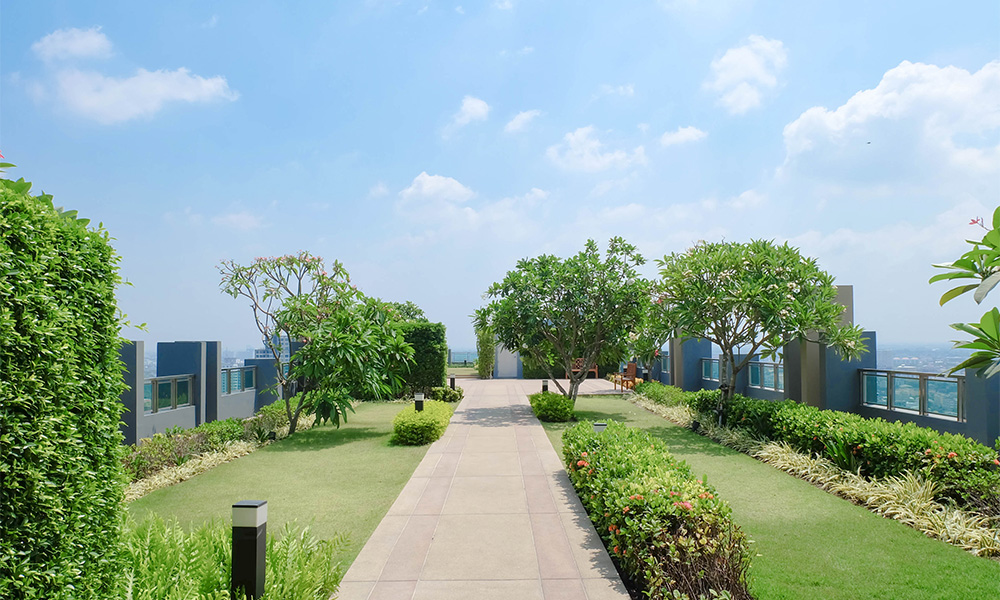Building a garden that is the best for the environment makes your outdoor area look better, and also helps the Earth and encourages several plants and animals to thrive. A sustainable practices and choosing eco-friendly elements, you can create a home garden that works well with nature. However, visit our website for some easy steps to help you design a garden that is the best for the environment.
Make a plan with a specific objective.
Begin by creating a plan for your garden that emphasizes sustainability. Think about saving water, choosing plants native to your area, and creating a place for animals to live. Evaluate garden areas, soil conditions, and sunlight exposure to determine optimal plants and plant organization.
Use less water
Use techniques to save water and reduce how much water we use. Put in a rainwater collection system to gather and use rainwater for watering plants. Use a layer of mulch to keep the soil damp and prevent water from evaporating. Instead of using traditional sprinklers, you can use drip irrigation or soaker hoses to give water directly to the roots of the plants.
Select plants that naturally occur in your area.
Choose native plants that thrive in your area’s weather conditions and require minimal water and care. These plants support ecosystems, provide habitats for native animals, and are more resistant to pests and diseases. Study native plants’ advantages to select the best plants for your garden.
Start practicing organic gardening.
Eliminate harmful chemicals like pesticides and herbicides in your garden by incorporating organic methods like compost, mulch, and natural fertilizers. Encourage good bugs and birds that naturally remove the pests.
Make a home for animals in their natural surroundings.
Create a garden that helps local animals by giving them food, shelter, and water lawn. Use local plants that bring in bees and butterflies. Install bird feeders, bird baths, and unique houses known as nesting boxes to assist birds. Make a small pond or water area to bring in frogs, dragonflies, and other creatures that need water.
Use intelligent methods to control pests.
Use integrated pest management methods to control pests in a way that doesn’t harm the environment. Identify diseases on their sources, assist beneficial bugs, and use machines or living organisms to combat them. Regularly check plants for bugs and diseases and promptly address any issues.
Give bright and effectual lighting.
Choose energy-efficient garden lights, such as solar-powered ones and LED bulbs, to save energy. Install motion sensors or timers to ensure lights only turn on when needed, reducing electricity waste. Additionally, consider using motion sensors or timers to ensure the lights only turn on when needed.
In conclusion, create an eco-friendly garden using nature-inspired designs and sustainable methods, improving outdoor spaces and promoting earth health. Protect nature, upgrade diversity, and use natural methods for a beautiful and sustainable garden.




